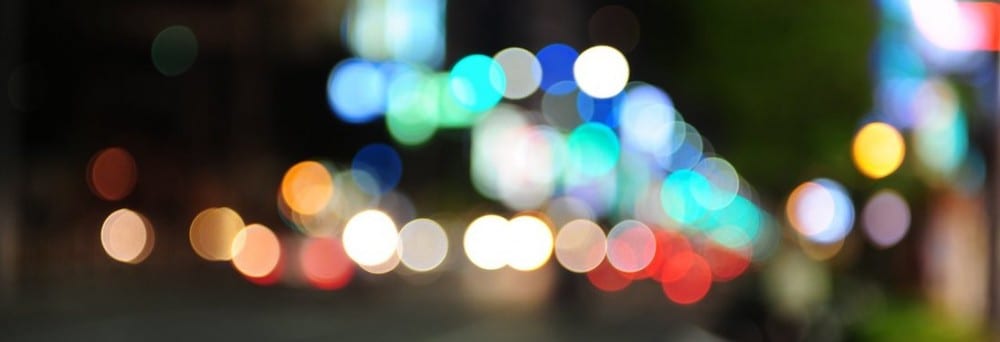Me and Charley decided to walk through the city taking photographs that make a certain impression on us. The brief stated that they needed to make us feel inconsolably sad. We found as participants that this was a difficult task for a building to achieve. So we took initiative and artistic license and adapted our photos. We chose some that were comical, as they made us ironically sad. Others had more meaning and we used these to show that certain buildings or sites could induce feelings of melancholy but only if you were truly looking at it for that very purpose.

This first image is of the main building of the university campus. This image has two connotations. One is the comical side, playing on the stereotypical reactions of students towards doing work, it makes them feel sad to look at this building and know that they have to do some of that work. The other connotation is of genuine sadness, when me and charley had taken this picture it became acutely aware to us that we are half way through our university career. The fact that we will be leaving our friends, our lives and our homes for the past three years, created genuine feelings of sadness. This clearly shows that certain sites can have an emotional impact; we went to take that picture for comic effect and instead felt real, unexpected emotion.

This next image was again, taken purely for comedic value. This is the train barrier that is in the centre of the city. Students are frequently being held up by these gates and they are commonly thought of as a huge inconvenience. These barriers do illicit real emotions whether sad or not. They make people frustrated, angry, annoyed. People ignore the fact that they are there to keep them safe, to stop horrific accidents. Therefore when reflecting on this photograph it made us sad to think that people’s lives were so self-concerned, that they begrudged waiting a few minutes for a life saving barrier to move.

Once again this image was for a comic purpose. We had often seen tourists or other passers-by taking photo’s of this staircase. We found it to be ironically funny, a staircase that led to nowhere, what is the purpose of that? However when reflecting we once again found real emotive connotations. It seemed symbolic of society, where are we moving to? are our lives on a staircase that leads to nowhere? So people could feel reflective and enlightened when they look at this staircase and maybe potentially begin to see these societal stagnations in other areas of their lives.

This image of a bank was meant also meant to be comical, particularly for students who have very little money. It was funny because you look at that building and feel sad that you don’t have any money. This picture also links to the main brief for our site-specific. It focuses on the consumerist society that we live in. Our sadness when looking at this building stems from lack of money. Society is controlled and dictated my money. It is sad to think that people’s priorities are focused on the materialistic and consumerism aspects within society.

This image was the only site that we did not photograph for comic value. This is the war memorial in the high street. This site is so steeped in history and is so recognisable for the its symbology, it cannot fail to illicit an emotional response when you look at it. This upon reflection made us think of another reason that it is sad. Because it is ignored, looked over. It is a symbol of the heroes that fought and died for our very liberty and yet people walk by without giving it a second thought. This makes me sad because I realised how often I had looked past it myself.
These images show that sites can induce real emotional responses. However after conducting this experiment it became clear that those deep and true emotions only came after we had reflected upon those photos. We took most of those photos for comedic purposes and only realised the sadness that could come from them afterwards. For me the true sadness came from the realisation that people, myself included walk past these sites on a daily basis and ignore the meanings that can come from them, they only look at the façade.





